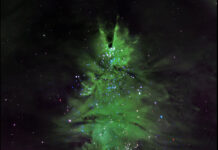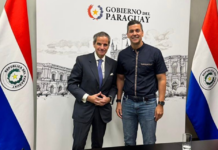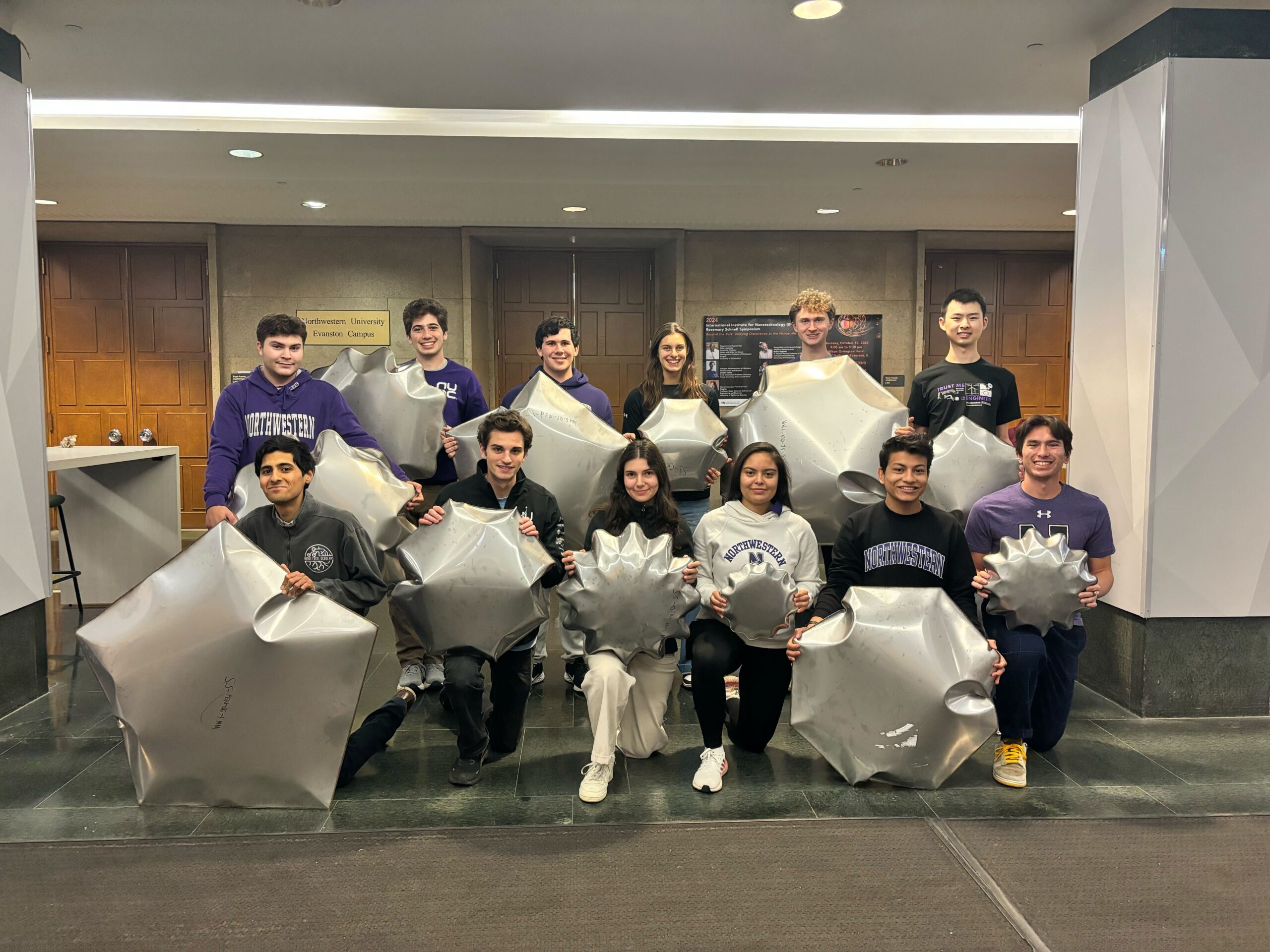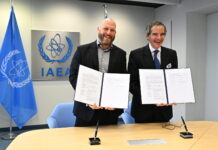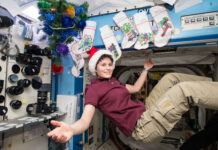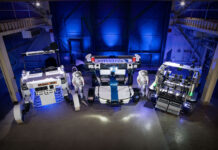In a captivating display of innovation and creativity, six university teams showcased their groundbreaking concepts in the “Inflatable Systems for Lunar Operations” category at NASA’s 2024 Breakthrough, Innovative, and Game-Changing (BIG) Idea Challenge. After eight months of diligent research, design, and prototyping, these teams presented their ideas to a distinguished panel of judges. The annual challenge, sponsored by NASA’s Space Technology Mission Directorate and the Office of STEM Engagement, aims to inspire novel ideas from academia each year and aligns with NASA’s Lunar Surface Innovation Initiative. This initiative focuses on developing innovative technologies that will facilitate successful exploration on the lunar surface. This year, the task was to create low Size, Weight, and Power (SWaP) inflatable technologies, structures, and systems that could enhance future Artemis missions to the Moon and beyond.
### Northwestern University’s METALS Concept Wins Artemis Award
Northwestern University, in collaboration with National Aerospace Corporation and IMS Engineered Products, earned the prestigious Artemis Award for their project aptly named METALS: Metallic Expandable Technology for Artemis Lunar Structures. This award is granted to the team whose concept has the greatest potential to contribute to and integrate into an Artemis mission. METALS is an innovative inflatable system designed for long-term storage of cryogenic fluids on the Moon. The system involves stacking layers of sheet metal, welding them along their aligned edges, and inflating them once they reach the lunar surface. The process is not only scalable and reliable but also remarkably straightforward. METALS stands out for its exceptional performance in the challenging lunar environment, showing resilience against radiation, abrasion, micrometeorites, gas permeability, and extreme temperatures.
### Arizona State University’s AEGIS System
Arizona State University was recognized with the 2024 BIG Idea Challenge Systems Engineering prize for their project, AEGIS: Inflatable Lunar Landing Pad System. AEGIS is ingeniously designed to deflect the exhaust gases of lunar landers, thereby minimizing disturbances caused by lunar dust during landings. This system, once deployed, uses six anchors in its base to secure itself to the ground. Upon inflation, it expands to a diameter of 14 meters, providing a reusable and precise landing zone for incoming landers. The AEGIS system not only addresses the significant challenge of lunar dust but also offers a practical solution for repeated lunar missions.
### The BIG Idea Challenge Forum and LSIC Fall Meeting
This year’s BIG Idea Challenge forum was held concurrently with the Lunar Surface Innovation Consortium’s (LSIC) Fall Meeting at the University of Nevada, Las Vegas. This event provided students with a unique opportunity to engage with NASA and industry experts, attend various panels and presentations, and participate in a technical poster session. The consortium acts as a platform for NASA to communicate its technological requirements, needs, and opportunities, while allowing the broader community to share existing capabilities and identify critical gaps. Such interactions are invaluable in fostering the exchange of ideas and promoting collaboration among academia, industry, and NASA.
### Finalists and the Path to the Forum
In February, interested teams submitted proposal packages, from which six finalists were chosen. Each selected team received funding of up to $150,000, contingent on their prototype and budget. Over the subsequent eight months, these teams dedicated themselves to designing, developing, and demonstrating their concepts. The culmination of their efforts was the annual forum, where the teams presented their results and faced questions from a panel of judges. These judges, comprising experts from NASA, Johns Hopkins Applied Physics Laboratory, and other aerospace companies, evaluated the student concepts based on technical innovation, credibility, management, and the teams’ verification testing. In addition to the presentations, the teams submitted a technical paper and poster detailing their proposed inflatable systems for lunar operations.
### NASA’s Commitment to Innovation
NASA’s Space Technology Mission Directorate sponsors the BIG Idea Challenge through a collaboration between its Game Changing Development program and the agency’s Office of STEM Engagement. The challenge is managed by a partnership between the National Institute of Aerospace and Johns Hopkins Applied Physics Laboratory. This annual event is not just about competition but serves as a platform to inspire and nurture the next generation of aerospace innovators.
For those interested in delving deeper into the concepts and presentations from this year’s challenge, the team presentations, technical papers, and digital posters are accessible on the BIG Idea website. Additionally, for comprehensive competition details, enthusiasts and aspiring participants can visit the BIG Idea Challenge website.
### Importance of Innovation in Space Exploration
The innovations presented at the BIG Idea Challenge highlight the critical role that inflatable systems could play in future lunar missions. These systems offer solutions that are not only efficient and practical but also adaptable to the harsh conditions of the lunar environment. By addressing challenges such as dust mitigation, material durability, and efficient storage, these technologies pave the way for sustainable and repeatable lunar exploration missions.
### Reflections and Future Prospects
The success of the teams at the BIG Idea Challenge reflects the immense potential and creativity within the academic community. These projects not only align with NASA’s strategic goals but also demonstrate the power of collaboration between educational institutions, industry partners, and government agencies. As space exploration continues to evolve, competitions like the BIG Idea Challenge will remain pivotal in driving innovation and preparing the next generation of space explorers and engineers.
In conclusion, the BIG Idea Challenge serves as a testament to the innovative spirit and technical prowess of university students. Their contributions are essential to the advancement of space technologies and the realization of NASA’s ambitious goals for lunar exploration. As we look to the future, the concepts presented today could very well be the building blocks of tomorrow’s lunar missions, inspiring us all to dream bigger and reach further into the cosmos.
For more Information, Refer to this article.



















